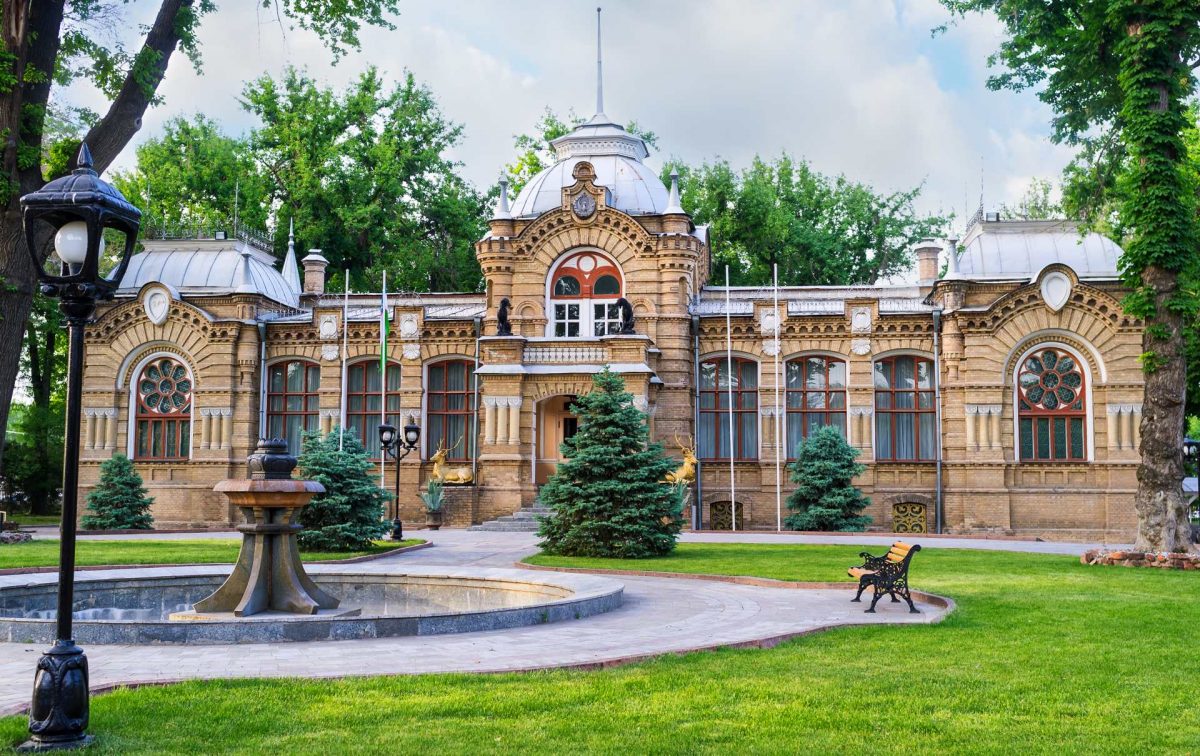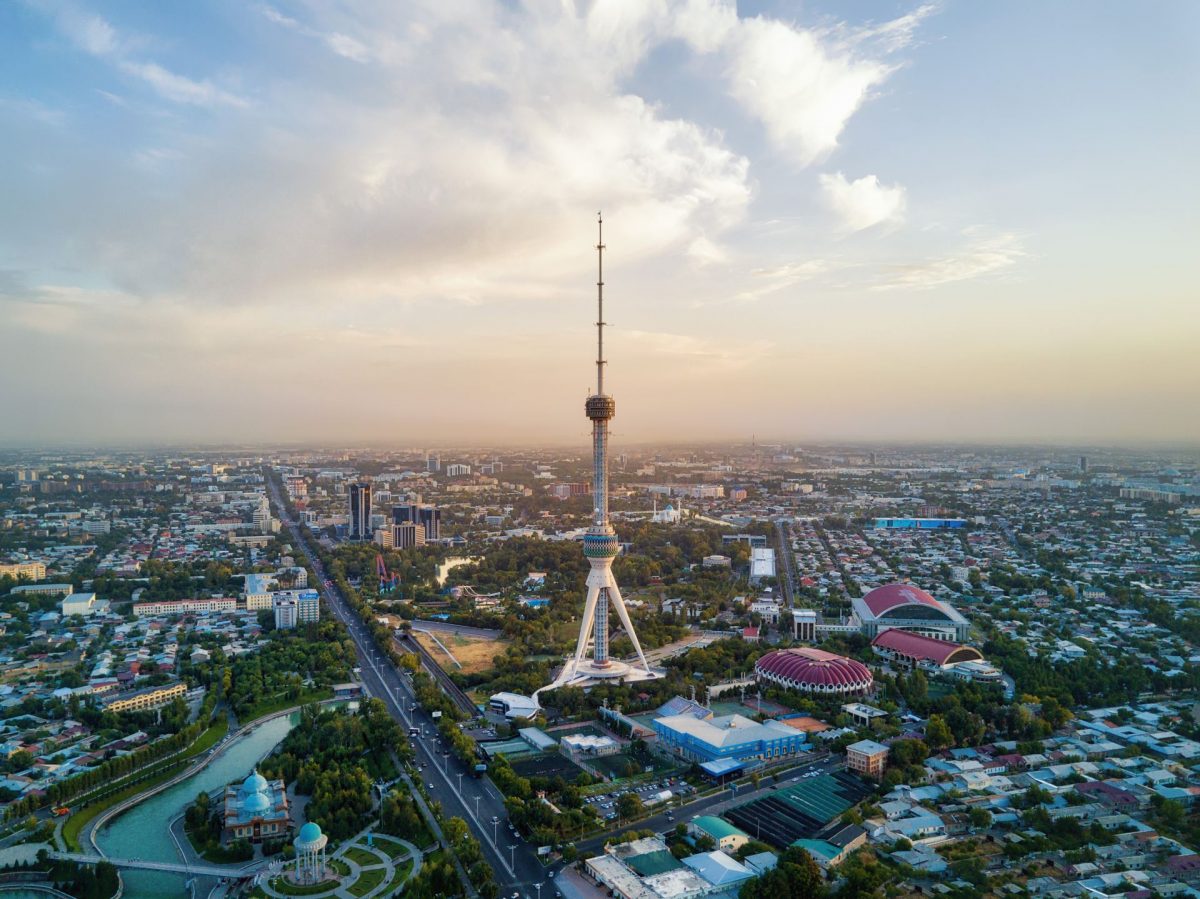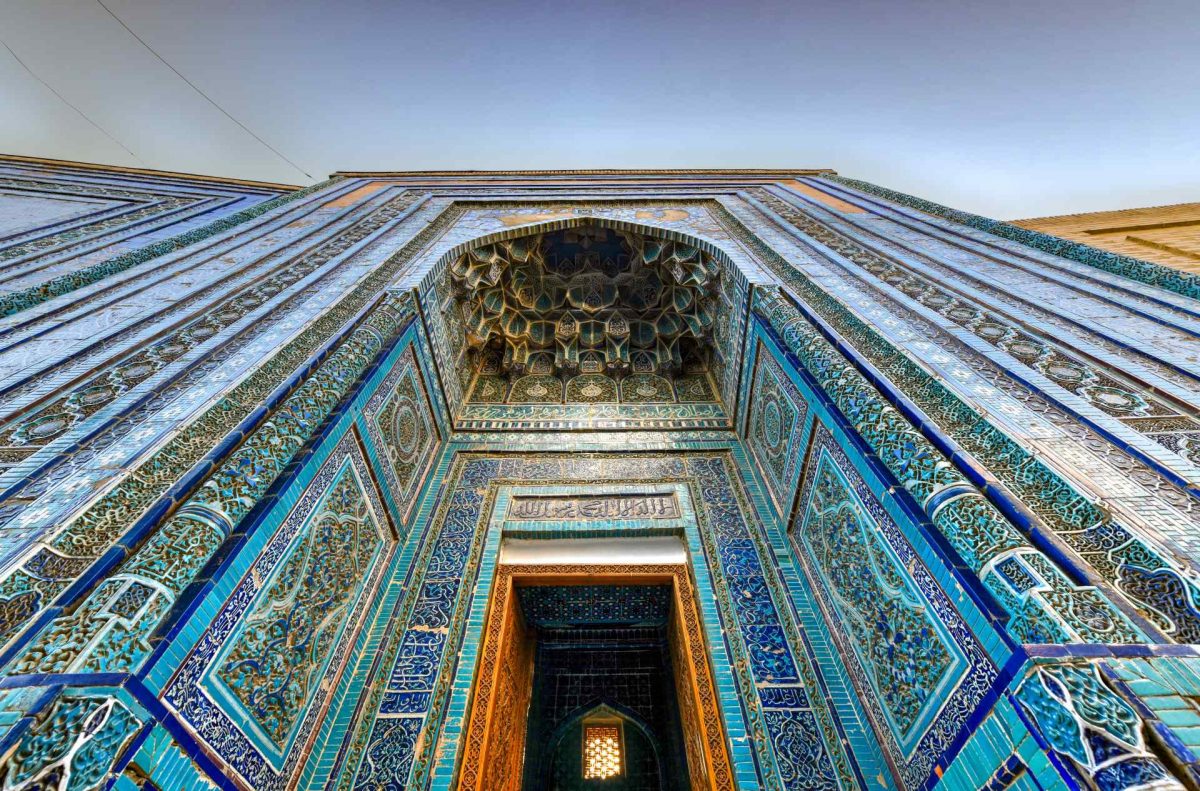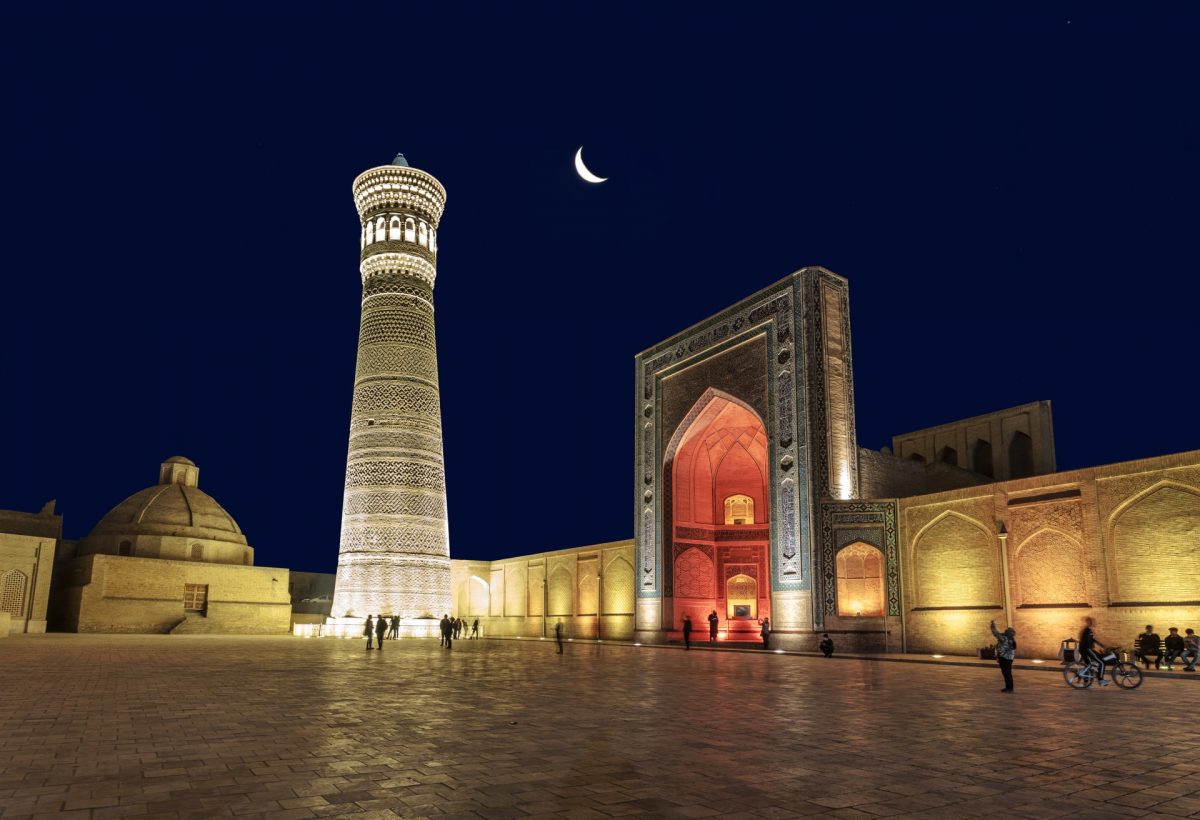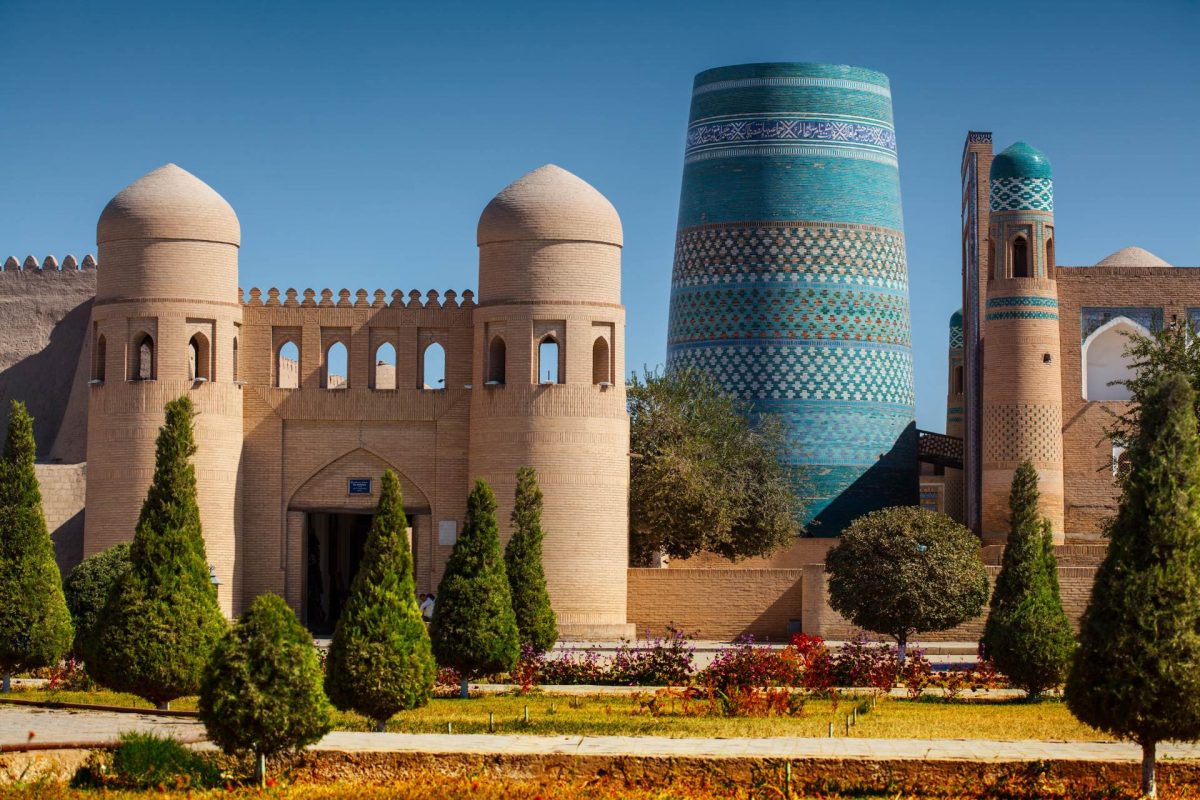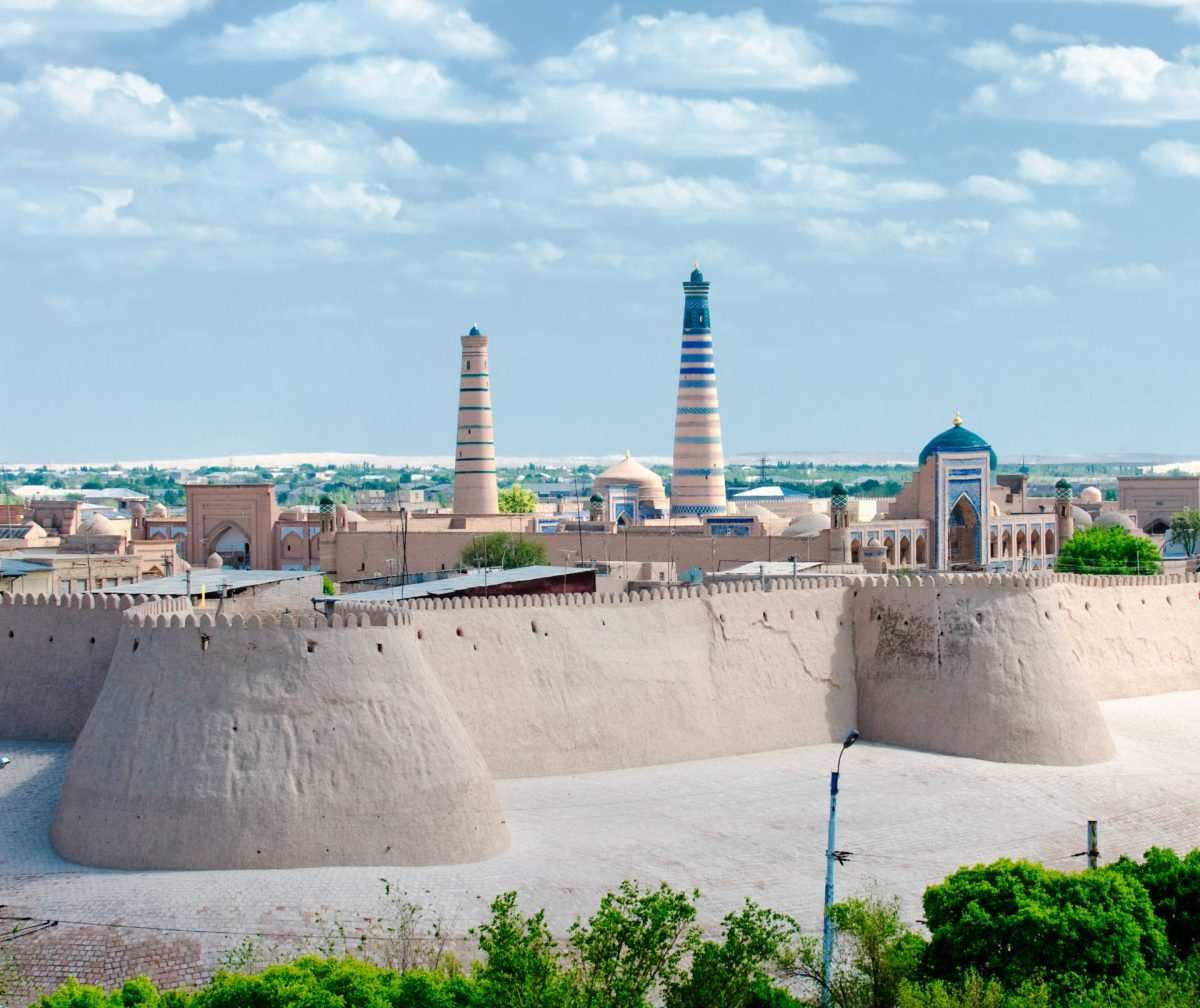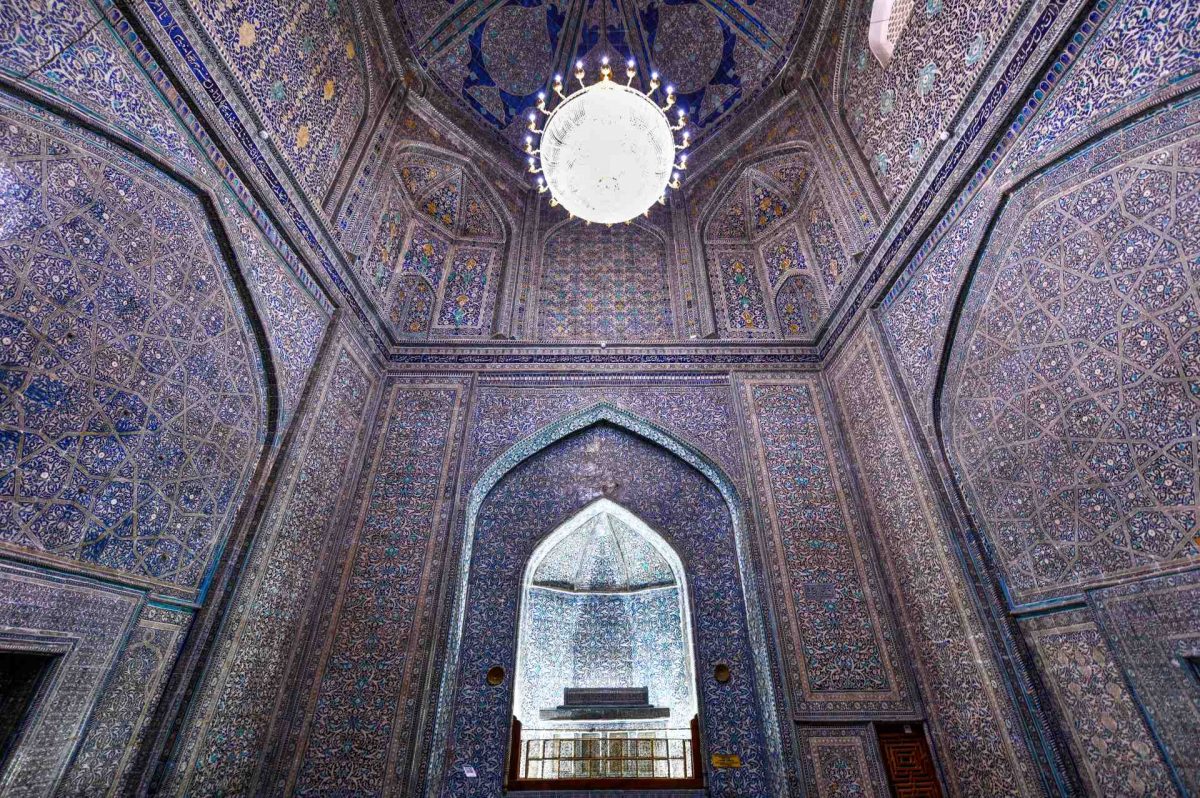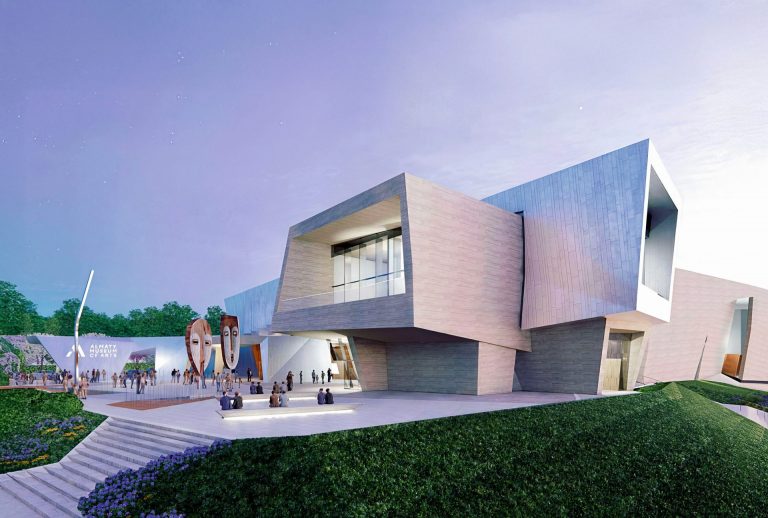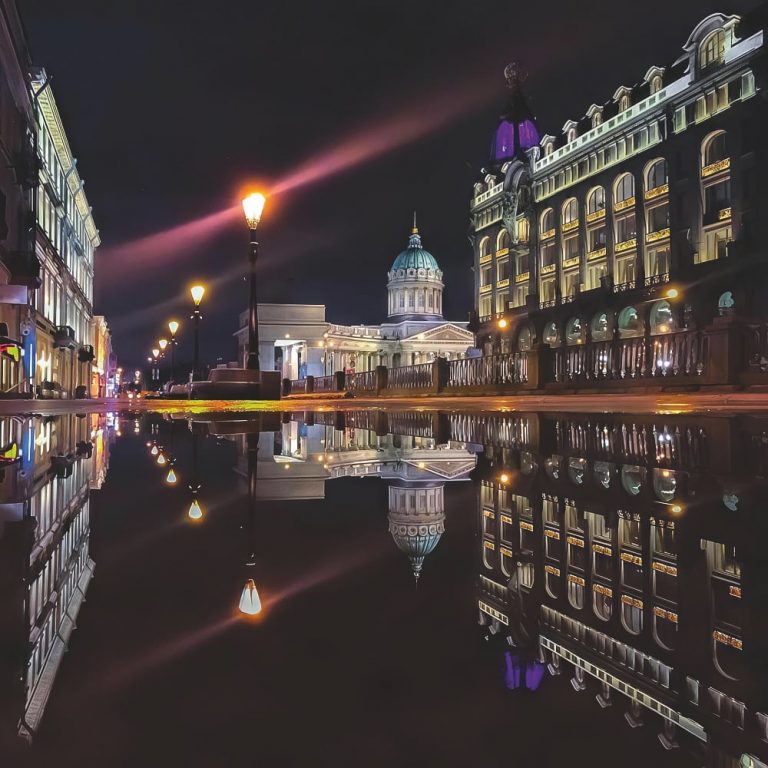Uzbekistan territory extends from the Ustyurt plateau in the West to the foothills of Pamir-Alay and Tian Shan in the East. The Silk Route passed through these lands in ancient times. Camel caravans delivered fabrics, spices and arms from the countries of Eastern Asia to the Mediterranean… And cities were built near encampments of caravaniers, in river valleys and oases.
First reliable data about the residents of Central Asia dates back to the middle of the 1st millennium BC, when the states of Bactria, Khwarazm, Sogdia appeared in a rapid succession. In the 6th century BC the power of Persian Achaemenid dynasty was established there. Shortly after, Persia was conquered by Alexander the Great after three long years of fight. In the 8th century BC Central Asia was invaded by arabs who incorporated local lands to the Caliphate possessions. By the end of the 9th century power of local dynasties had substituted Arabian supremacy. Timur Tamerlan, founder of the Timurid Empire that flourished in the 14-15 centuries BC, became the new unifier of the central asian territories. Teeming treasures were delivered from the countries, oppressed by Tamerlan, to Samarkand, the capital of the state at a later date. Mastery of skilled craftspeople and architects who were among the thousands of oppressed, made the architectural heritage of those days worldwide famous. Equestrian statue of the renowned conqueror is now established in Tashkent, the capital of Uzbekistan. Just from that point we would start our journey.
Tashkent
Even though the city has a 2000-years history, not so many historic places are preserved here, as the earthquake of 1966 destroyed the majority of those. The ancient spirit of Tashkent could be sensed especially at the Chorsu Bazaar (Bazaar of four streams). For yet 500 years people sell, cook plov, fry shashlik, bake flatbreads and shape mantas here. Not so far from the spot, the most ancient mosque in the city Khoja Ahror Valiy stands. It was first mentioned in the 8th century. Religious center Hazrati Imam is located in the Old City Center. It was named after the first imam of Tashkent, scientist and craftsman who knew 72 languages. The complex consists of several buildings of different eras, including mausoleum Hazrati Imam and Muyi Muborak Madrasa, where the unique and the oldest Usman’s Koran manuscript of all preserved is stored (middle of the 7th century).
Skylines of the Khazarti Imam Ensemble could be glimpsed from the open viewpoint of the Tashkent TV Tower, the highest building of Central Asia (375 meters). It opens the best view on Amir Temur avenue, the main street of the new city, the Minor Mosque, Independence Square and a remarkable palace built in 1891 for Grand Duke Nicholas Constantinovich of Russia who was deported to Turkestan.
Samarkand
The Registan Square is the heart of the city. In ancient days, it was the place to announce government decrees and execute criminals. Now it’s the space for celebrating national holidays, and tourist flocking to see three ancient madrasas.
The Ulugh Beg Madrasa is the oldest one. Built by Tamerlan’s grandson Ulugh Beg in 1420, it was considered as one of the most prestigious Islamic schools of those days. The most prominent scholars visited the madrasa to teach not only religion, but astronomy, mathematics and philosophy. The Sherdor Madrasa (1636) is just across from the Ulugh Beg. Mosaic decor on the facade depicts symbolic figures of mythological tigers (against the injunction in traditional islamic culture to depict people and animals).
The third part of the Registan ensemble is Tilya-Kori Madrasa (1660), that it richly decorated with mosaics outside and with the golden decor inside of the building. Those magnificent constructions with their riot of colors and perfection of lines would make even a sophisticated traveller close eyes for an instant.
Samarkand is also glorious by its mausoleums, with the Guri Amir Mausoleum that contains the tomb of Tamerlan and his descendants, and the necropolis Shah-i-Zinda, being so much renowned in the Islamic world, that pilgrimage to the place could be considered as an admissible substitute for the pilgrim’s journey to Mecca. According to the legend, right in here the cousin of the Islamic prophet Muhammad Kusam ibn Abbas, who actively participated in military expeditions to state Islam, was mortally wounded with an arrow. He didn’t die though, but hid under the ground in the deep well till the designated time. The most ancient of the preserved buildings in Samarkand is the Kusam-ibn-Abbas Mausoleum, the construction of which was initiated in the 11th century.
After paying tribute to the shrines, discover the Siyob Bazaar. There you can buy freshest fruits and veggies year-round, try some delicious Samarkand red plov and sweets, linger around artisans’ rows who, as hundreds of years ago, offer carpets and fabrics, ceramics and brassware, jewellery and silk Suzani.
Bukhara
Throughout its long and vivacious history, this city was repeatedly ruined and restored. Monuments of the pre-mongol period, such as the Samanid Mausoleum, The Kalan Minaret, the facade of the Maghoki Attori Mosque, are preserved there along with the monuments of the Timurid epoch — The Kalan Mosque and Chashma-Ayub Mausoleum. Yet still the larger number of historic buildings that remained almost undamaged through the history date back to the 14-17 centuries, when Bukhara became the capital of the Shibanid state, and of the Astrakhanid one after. During this period, most of the mosques, madrasas, caravansaries, indoor markets, bathhouses, fortress walls and gates, as well as large architectural ensembles and shrines were built. All of the wealth is not centered in some exact historic part, but dispersed within the lively city of artisans, merchants and chaikhana keepers.
People tend to get acquainted with Bukhara from the Ark fortress. A beautiful legend states that Siavash, a character of the Persian epos, fell in love with the daughter of the local governor Afrasiab and wished to marry her. But guileful Afrasiab stipulated a condition for the prince, which seemed quite impossible to fulfill. He had to build up a fortress that would fit on the ox hide. Siavash showed all his ingenuity: he cut up the hide on thin threads and covered a large hill with them. On the top of the hill he constructed the Ark. Today an archaeological museum is open for visitors there, along with multiple antique stores. Next to the fortress there’s the Poi-Kalan ensemble with the Minaret, the Kalan Mosque and the Mir-i-Arab Madrasa. The Kalan Minaret is now more than 900 years old, and it’s never been restored. Any who dare damage it, shall be cursed, even if you’re Genghis Khan. Once, willing to explore the entire minaret, a great conqueror threw his head back, and his hat fell down on the ground. He had to bend over to pick it up. “Yet no one has ever made me bow”, — said Genghis Khan and asked not to touch the Minaret.
Narrow streets of Bukhara would lead you to numerous markets with dome-shaped roofs — Toqi (for example, Toqi Zargaron). As Bukhara citizens say, no one knows what is more common in the city, mosques or markets. Earlier, people built them on the crossroads, so that caravans could rest and sell there. Today the spots are strongly beloved by tourists, as they can find clay penny whistles, silk carpets and local souvenirs such as delicate stork-shaped scissors. One can also buy fresh spices, dried pitted apricots and uryuk here. You can hardly leave Bukhara unless you’ve dined at the most vivid city square Lyabi-house.
Khiva
Khiva is considered to be the main sanctuary of the Turkistani Middle Ages, the epoch which lasted here up to the Soviet times. The city became the capital of Khwarazm in 1598 under the Arabshahid dynasty. In the 1770-s it was replaced by the Qungrad dynasty, the reign of which is famous for the construction of the major part of the architectural city ensemble. History of Khiva dates 1000 years back, it started from the Kheivak Well in the Karakum Desert, the last halt for the caravans before entering the Khwarazm oasis. Well ahead of becoming the capital, it had already been known for a national hero-warrior Pahlavan Mahmoud and the legend that it was Shem himself, Noah’s son, who built the first ship-shaped fortress near the Kheivak Well.
In the ancient times, the city was divided in two parts: the Ichan-Qala and the Dishan-Qala, i.e. inner and outer towns. Rectangular in plan, the Ichan-Qala is surrounded by the defense walls that are 2200 meters long. The walls were raised in 5–6 centuries BC from clay, therefore were repeatedly reconstructed after. The inner town stores about 60 historic monuments, yet around 300 families still live there, inside. As a rule, they are descendants of the old masters — blacksmiths, potters and weavers.
One week won’t be enough for proper sightseeing, so we would list the major spots. Primarily, it’s Islam-Khodja Complex that includes a madrasa and minaret. Currently being the most recognizable silhouettes of Khiva, they were built in 1908-1910 yy.. The Islam Khodja Minaret is the highest one in Uzbekistan (56,6 meters). And since the building tapers, it seems even higher. The horizontal bands of glazed tiles on the surface intensify such visual effect. The height of the minaret is accented with the smallest madrasa in Khiva, attached to it. Its walls are lavishly decorated with majolica. By the way, majolica is largely presented in Khiva in a variety of ways. In this regard, it especially should be remarked on the Tash Hauli Palace, constructed in the 19th century on the order of Alla Kouli Khan.
The Juma Mosque, one of the most ancient monuments of Khwarazm (built in the 10th century), is also a must-see in Khiva. 213 of painted and carved wooden pillars of various ages support a flat roof of a one-floor building. And a mulberry-tree is growing right in the center. It’s remarkable that anciently this tree was planted pretty often in many courtyards. Its root system sustained humidity balance of earth around the buildings, and therefore served for their safety.
One more symbol of the Old Khiva is the Kalta Minor Minaret that is unfinished monument of the 19th century. Khwarazm‘s governor Muhammad Amin Khan was striving to create the highest minaret in the whole Middle East, that by some estimates reaches up to 110 meters high. But due to Khan’s sudden death, the construction stopped when the minaret reached 30 meters. Thus, the minaret was named “Kalta”, which means “short” in translation. The whole surface of it is decorated with blue and white majolica ornament.
The Mohammed Rakhim Khan Madrasa is also distinguished with the majolica decor. As well as the Pakhlavan Mahmud Mausoleum, the tomb of the Khwarazm poet and thinker of the 13th century, revered as a legendary hero, healer and a patron saint of Khiva. His tomb had become a pilgrimage center way before the mausoleum achieved its current appearance. Today, it is one of the most impressive constructions of the city. It has the biggest dome of blue tiles, delicately adorned with gold on its top.
Photo: dreamstime.com, ru.123rf.com

